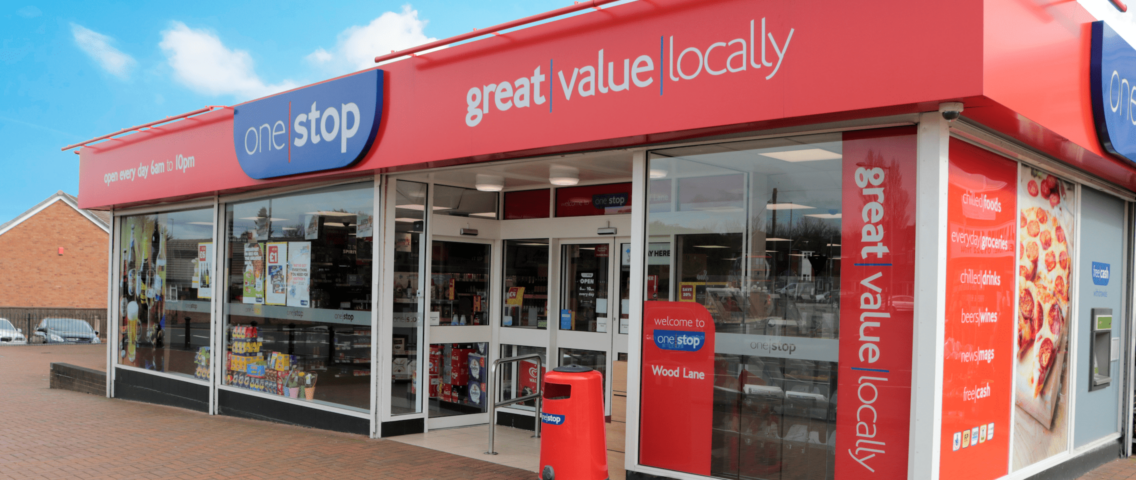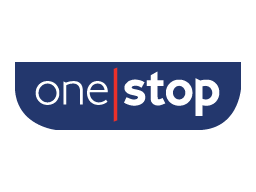A subsidiary of Tesco, One Stop has over 900 company and franchise neighborhood stores across Great Britain. The leading convenience retailer offers local communities a range of great offers on everyday household essentials, fresh produce, quick and easy lunchtime favorites, plus inspiring dinner deals for any occasion. Many One Stop stores also offer additional services including free cash machines, Post Office, PayPoint, lottery, and more.
One Stop has been a RELEX customer using its space and assortment solutions since 2010. In 2019, the retailer expanded their use of RELEX to include forecasting and replenishment solution in stores and distribution centers.
The implementation of RELEX’s end-to-end supply chain planning solution drove strong results:
- 1.9 pp increase in store availability
- 4% reduction in fresh spoilage value
- Increase in sales value
On the heels of this successful initial implementation, One Stop saw opportunity for further improvement with the addition of machine learning to their demand forecasting solution.
Implementing an AI-Driven Supply Chain to Manage Assortment Complexity
One Stop turned to RELEX’s fully machine learning-based demand forecasting solution to more effectively manage forecasting challenges specific to their assortment:
- Their broad product offering ranges from ultra-fresh products with short spoiling times to more ambient inventory with longer shelf life.
- Demand for many products is sensitive to external factors such as weather.
- Sales for some products are easily cannibalized by promotions on similar items.
Complex forecasting scenarios like this, in which multiple drivers can overlap and interact to impact demand, call for AI and machine learning algorithms to drive the greatest benefit.
“RELEX’s machine learning-based forecasting is critical to our ability to accurately forecast our most challenging categories, whether short-shelf life items or those with weather-driven demand,” says Richard Turton, Head of Supply Chain at One Stop. “It’s also the bedrock of our plans to drive sustained growth and improve our resiliency in the face of rapidly evolving market conditions.”
One Stop’s goals for this AI-driven supply chain implementation included:
- Increasing day-level forecast accuracy for products with demand driven by weather and cannibalization
- Improving fresh product availability without seeing a corresponding rise in spoilage
Improved Forecast Accuracy Drove Higher Availability Without Raising Spoilage
Results at a Glance
- 3.2 pp increase in forecast accuracy on product-week level
- 1.8 pp increase in forecast accuracy on product-store-week level
- 1.5 pp increase in availability across the assortment
- 8.5% increase in ultra-fresh product availability without significant increase in spoilage
One Stop saw major improvements within just four months of going live with AI-driven demand forecasting in their stores. The retailer drove a 3.17 pp increase in forecast accuracy on the product-week level and a 1.82 pp increase in forecast accuracy on the product-store-week level.
Because One Stop manages both forecasting and replenishment within the RELEX solution, they leveraged their increased forecast accuracy to improve replenishment outcomes as well. By automatically drawing more accurate store-level demand forecasts into replenishment planning, RELEX improved One Stop’s in-store availability by 1.5 pp across their entire assortment while contributing to a significant sales increase.
The company saw even larger improvements to availability in weather-sensitive products such as ice cubes, which had once been among their most challenging categories to forecast. Demand for ice cubes is generally high during warm seasons, but it’s also impacted by day-to-day weather changes. Machine learning enabled One Stop to process huge amounts of information and extract weather-related demand factors from their historical sales data. By automatically applying these insights with local weather predictions to their demand forecasts, they drove an 11% improvement to availability for ice cubes during high-demand “warm” weeks.
RELEX’s machine learning has also helped One Stop manage their product cannibalization, contributing to more accurate forecasts for products whose demand is significantly impacted when prices for similar products change—for example, soft drinks and confectionary. “We now have a much stronger understanding of the demand dynamics within each product category, so we can optimize our inventory far more efficiently to reduce the risk of stock-outs,” says Turton.
“You simply can’t overstate the value that AI-based forecasting brings to the retail environment. RELEX’s machine learning drove an immediate improvement to forecast accuracy that we felt throughout the supply chain and store and DC operations,” says Turton. “Since implementing an AI-driven supply chain, RELEX has driven truly remarkable improvements to our forecast accuracy and availability across the board. This includes an 8.5% availability increase for ultra-fresh products with shelf life under 3 days—with no corresponding rise in spoilage.”
One Stop’s users were surprised that despite the fact that their planning tool grew in sophistication and complexity, it remained remarkably easy to use while reducing their manual work. “At One Stop, we’ve proven that you don’t need a team full of statisticians and data scientists to successfully deploy machine learning and start driving tangible benefits throughout your business,” says Turton.

